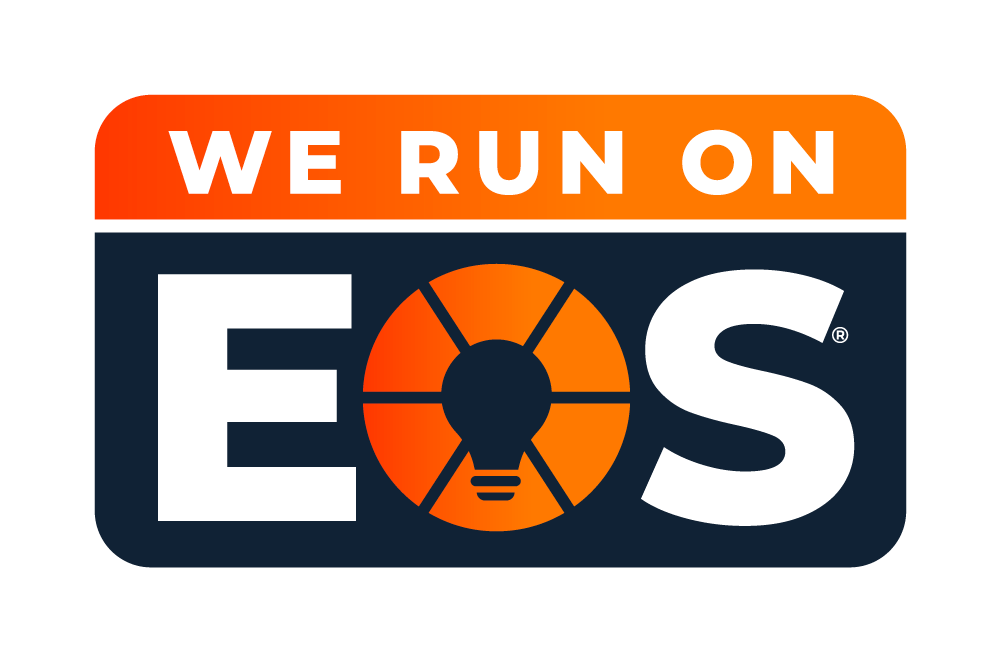Let’s face it change is constant… new managers, mergers, new processes, changing legislation, new strategies, we all know deep down that change will keep coming.
However, change is like the tide. It is external to us, it will keep coming whether we ‘buy in’ or not.
Self Awareness is non-negotiable
So, we can carry on battling the tide, with a career full of stressful moments, or we can build our self-awareness to understand how we approach and cope with it to help us surf the waves.
Thinking from an organisational perspective, if we can understand how our colleagues may be affected by the changes we want to implement, then we can take our people with us and make our change initiatives more successful.
Change versus transition
Often as leaders we may be guilty of focusing on the change rather than the transition. Change is outcome focused, it is also external to our people and, if we are honest will often happen if they like it or not.
However, transition is internal. It is the process change puts us through and how we are affected as we adjust to the new situation that arises from the change.
The impact on our team can be easy to overlook, maybe as a leader we have had more information and longer to digest, therefore being already convinced of the need for change. So, we need to look at things through fresh eyes.
This Bridge’s transition model can be very powerful in increasing the success of change initiatives by considering the human response to change over three stages. The stages of ‘Ending, Losing and Letting go’, ‘The neutral zone’ and ‘The new beginning’ can be a practical way to consider where our team are at and the support they need.
Everyone is complex
We are all complicated individuals, with a mix of preferences and behaviours. Having a framework to consider how different people may experience change can help us to consider different perspectives. We will all show up differently at the different stages mentioned above and move at different speeds through them. We do not want to Pidgeon hole people, and you may notice you have feelings and reactions from these different groups.
- Maybe you feel naturally optimistic, eager to grab change with both hands. Perhaps you have so many creative ideas and are keen to share these with the team? However, do you become frustrated if the speed of the change is slower than you would like, or perhaps lose interest in the implementation of the details?
- Or do you feel less eager to jump in because you are letting go of the tried and trusted? Perhaps you think we have been guilty of change for changes sake and want to be convinced the latest initiative is the right thing to do before fully committing. Do you need time to test the new processes to have your questions answered to enable you to become a consistent and well-argued supporter of the new initiative?
- Do you notice you have lots of questions about the impending change to satisfy you it is for the good of those involved, or certainly not going to harm them? Maybe you notice you are a little risk averse, but know when you are reassured, that you will support the team through your calm approach and gift of truly listening to others.
- Or do you just want to get started with the change, keep things moving and get it done? Maybe you just want to know what the change will achieve and quickly jump on board to make it happen. Do you notice a frustration when we seem to be just talking about it and become agitated when others are not as rapid as you?
So what….
So why not take a little time to consider where you are at and the support that will help you to thrive through the inevitable change.
Or if you are a leader and implementing change, consider the uniqueness within your team, what would help them through the transition and set you all up for success.

